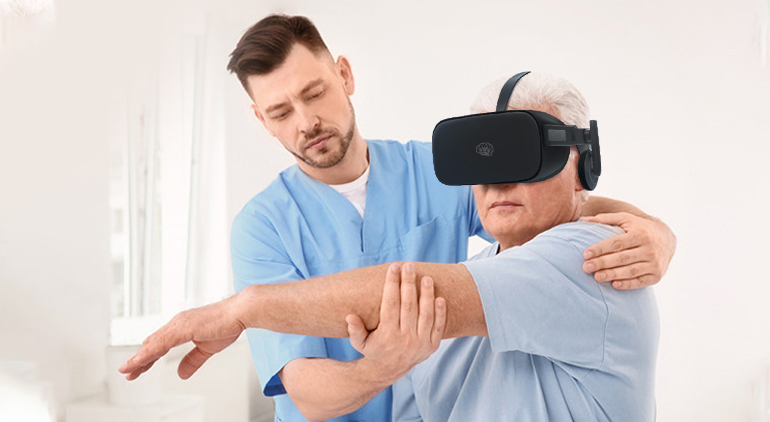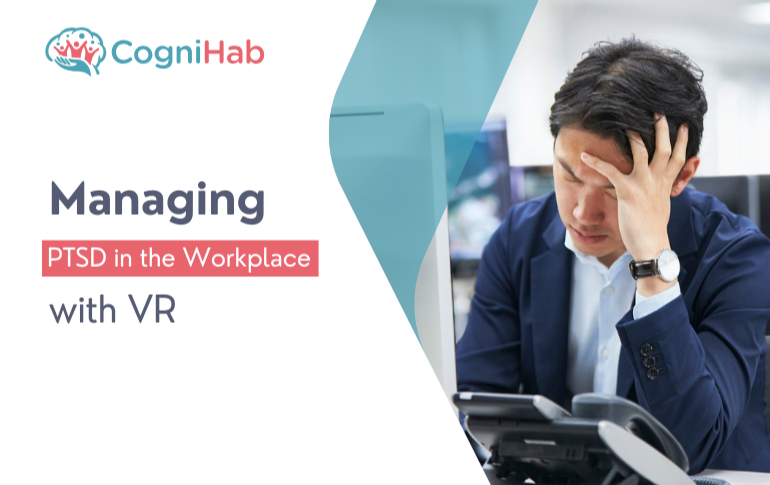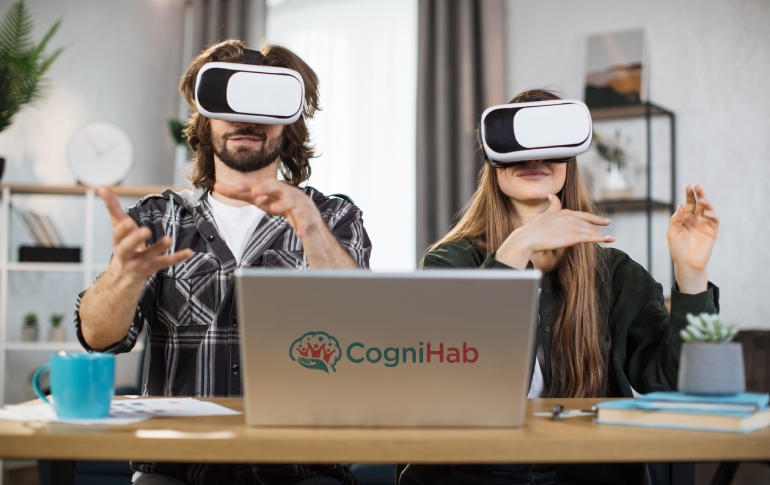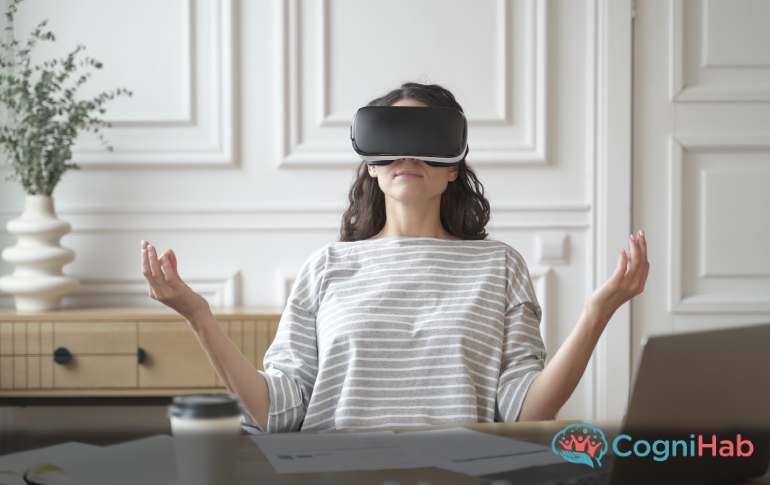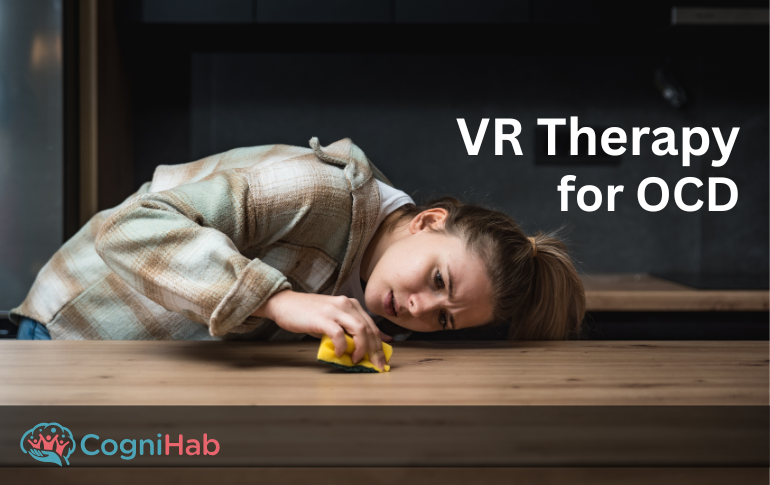Is VR effective in Orthopedic Rehabilitation?
After surgery, illness, or an acute medical event, your healthcare professional may recommend orthopedic rehabilitation as part of your recovery plan.
Orthopedic therapy is a type of rehabilitation that aims to repair musculoskeletal limits and relieve pain caused by accident, sickness, or surgery. Muscles, bones, joints, ligaments, tendons, and cartilage make up the musculoskeletal system, and orthopedic rehab can target any of these systems.
The health condition that needs rehab under orthopedic are as below:
- Carpal tunnel syndrome
- Osteoporosis
- Arthritis
- ACL and meniscus tears
- Fracture
- Hip, knee, or shoulder replacement
- Stroke, sciatica, and amputation
- Spinal Injury
What is VR induced Orthopaedic Rehabilitation program?
The healthcare team develops a tailored treatment plan for you and adapts it as you recover. Rehab follows a natural progression to maximize your recovery, however, it varies from person to person.
A patient undergoes a series of exercises aimed to improve body functioning with the help of a physical therapist for a set amount of time. The physical therapist instructs the patient to perform the exercises at home for maximum efficiency, but most patients lack the drive and zeal to do so.
This is where virtual reality comes into play.
You won't feel like you're working out when you're doing VR rehab exercises. VR rehab therapy blends technology and entertainment, making these sessions a lot of fun while still keeping you comfortable and safe.
Because of these apps, people are more inspired to do physical therapy exercises at home, and with a lot of repetitions.
Inside VR, the user feels entirely immersed in the experience. It also has the ability to modify the activity's difficulty levels from easy to difficult. This will give you more control over the level of difficulty of the exercises.
Benefits of VR rehabilitation program
When it comes to the rehabilitation of patients with a variety of illnesses, virtual reality has a lot of advantages. Patient education, adaptability, motivation, and variability based on the patient's baseline, transparent data storage, online remote data access, the economy of scale, and lower medical costs are just a few of the benefits.
- People undergoing rehabilitation require motivation. VR's distinct traits mimic a real-life setting. As a result, a person can practice motor skills without becoming exhausted.
- For people with serious injuries, it becomes hard to perform the exercise at the initial level of sessions. Virtual reality aids in the simplification of the task, making it easier to complete.
- Because virtual reality rehabilitation methods are so exact, it's simple to pinpoint where you need to improve. As a result, VR therapy is more effective than traditional physiotherapy.
- Virtual Reality (VR) is a technology that allows patients to experience real-time experiences in a controlled environment. It lowers the risk and boosts productivity.
- People who are under rehab programs are likely to suffer anxiety or depression, VR proved as a very effective tool to overcome depression, anxiety.
Conclusion
From USD 60220 million in 2020, the worldwide orthopedics market is expected to grow to USD 81400 million by 2027, at a CAGR of 4.4% for the year 2021-2027.
According to numerous studies, virtual reality (VR) rehabilitation therapy is just as successful as traditional therapy, and in many cases, it proved more effective.
Broken bones can be healed, but hard to heal broken confidence. VR not only helps to stand on own feet but boost confidence as well.
To know more about rehabilitation suites you can visit Cognihab and watch the below video.


